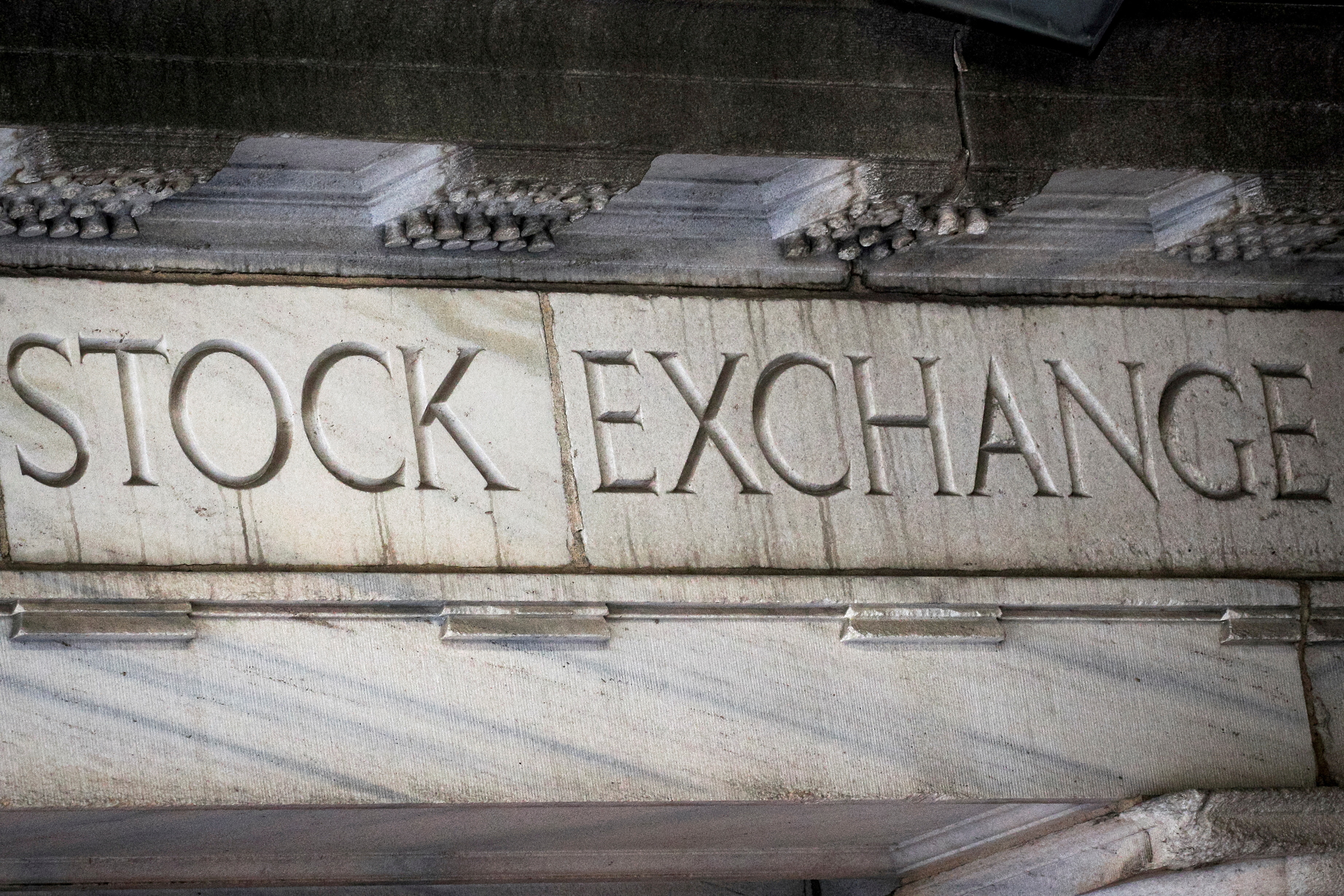
The main U.S. benchmarks dropped on Monday as investors fretted that better-than-expected service-sector activity could point to the Federal Reserve hiking interest rates for longer, while shares of Tesla slid on reports of a production cut in China.
The electric-vehicle maker (TSLA.O) shed 5.7% on plans to cut December output of the Model Y at its Shanghai plant by more than 20% from the previous month.
This weighed on the Nasdaq, where Tesla was one of the biggest fallers, putting the tech-heavy index on course for its second straight decline.
Broadly, indexes were suffering as data showed U.S. services industry activity unexpectedly picked up in November, with employment rebounding, offering more evidence of underlying momentum in the economy.
The data comes on the heels of a survey last week that showed stronger-than-expected job and wage growth in November, challenging hopes that the Fed might slow the pace and intensity of its rate hikes amid recent signs of ebbing inflation.
“The labor market looks fine and so it’s almost just this kind of bizarre world where good news is bad news,” said Jonathan Waite, fund manager at Frost Investment Advisors.
Investors see an 89% chance that the U.S. central bank will increase interest rates by 50 basis points next week to 4.25%-4.50%, with the rates peaking at 4.984% in May 2023.
The rate-setting Federal Open Market Committee meets on Dec. 13-14, the final meeting in a volatile year, which saw the central bank attempt to arrest a multi-decade rise in inflation with record interest rate hikes.
The aggressive policy tightening has also triggered worries of an economic downturn, with JPMorgan, Citigroup and BlackRock among those that believe a recession is likely in 2023.
By 1:49 p.m. ET (1849 GMT), the Dow Jones Industrial Average (.DJI) fell 433.03 points, or 1.26%, to 33,996.85, the S&P 500 (.SPX) lost 65.68 points, or 1.61%, to 4,006.02 and the Nasdaq Composite (.IXIC) dropped 195.10 points, or 1.7%, to 11,266.40.
All major Wall Street indexes notched a second straight week of gains on Friday, with the S&P 500 rising 2.7%, the Dow gaining 2% and the Nasdaq climbing 2.8% in the last two weeks.
“We have had a nice rally and so that’s giving investors a bit of a chance to take some profits and readjust their portfolio as the year-end approaches,” said Peter Cardillo, chief market economist at Spartan Capital Securities.
“I don’t think it’s the beginning of a downward trend, but more of a slight pause here.”
In other economic data this week, investors will also monitor weekly jobless claims, producer prices and the University of Michigan’s consumer sentiment survey for more clues on the health of the U.S. economy.
Energy (.SPNY) was among the biggest S&P sectoral losers, down 2.7%. It was weighed by U.S. natural gas futures slumping more than 8% on Monday, as the outlook dimmed due to forecasts for milder weather and the delayed restart of the Freeport liquefied natural gas (LNG) export plant.
EQT Corp (EQT.N), one of the largest U.S. natural gas producers, led declines with a 7.1% drop.
Financials (.SPSY) were also hit hard, down 2.5%. Although bank profits are typically boosted by rising interest rates, they are also sensitive to concerns about bad loans or slowing loan growth amid an economic downturn.

